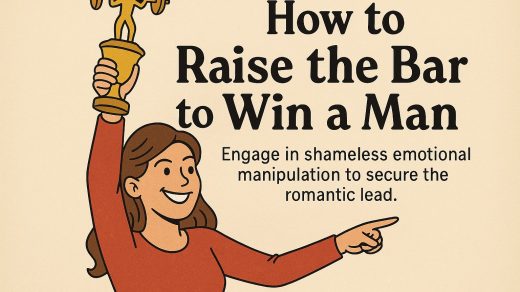Disclaimer:
This article is a work of personal reflection, creative writing. The experiences described may be fictional, symbolic, or inspired by multiple sources—including but not limited to real events, public narratives, or imaginative interpretation. They do not necessarily reflect the direct experiences of the author. This content is intended for entertainment purposes only and should not be taken as professional advice. Any resemblance to real persons, living or dead, is coincidental or used illustratively.
The CEO’s Silence and a Biased Start
When he got fired illegally, he sent the CEO a message, suggesting they solve things without court. “It’ll only waste time and money,” he said. But the CEO never replied, leaving no option but to go legal.
He filed the case and attended the first court hearing without a lawyer, still hoping for a quick and fair agreement. After all, the law was clear, and he was on solid ground.
But the hearing started in an unexpected way.
The judge asked, “Did you file a complaint with the police against two of your female colleagues?”
He answered yes—but didn’t understand the relevance, since the complaint came after his dismissal.
Before he could explain, the judge cut him off:
“That’s why you were fired. Normally, women file complaints—not men.”
Shocked, he thought: “Aren’t both genders supposed to have equal rights? Why is this even relevant to my case?”
But he didn’t get to say much. The judge jumped to an offer:
One and a half months’ salary and a switch to “normal termination.”
That didn’t sit right. Legally, he was entitled to at least one month for unused vacation days regardless of the outcome, meaning the offer was really just two weeks extra while his notice period is three months.
He said no.
The side judge expressed visible dissatisfaction. The main judge leaned in with a warning:
“Proceeding with the case might take a year. You’ll get nothing from the company unless you win.”
That was the moment it clicked.
This wasn’t a hearing—it was pressure. A setup. Not a path to resolution, but a tactic to push him into a bad deal.
Still, he stood his ground:
He wouldn’t accept this offer now, or later.
The session ended, and a new one was scheduled.
A Decision to Push Back
He didn’t want to believe the judge was taking sides. Maybe the court didn’t take him seriously because he came without legal representation.
But deep down, he knew it wasn’t just that.
The judge was clearly biased, and if he wanted a fair trial, he had to act.
He decided to hire a lawyer—and explore how to request a different judge.
Because justice should be neutral. And clearly, this wasn’t.
As you probably expected…
This isn’t the end of the story. Stay tuned for Part 4.


